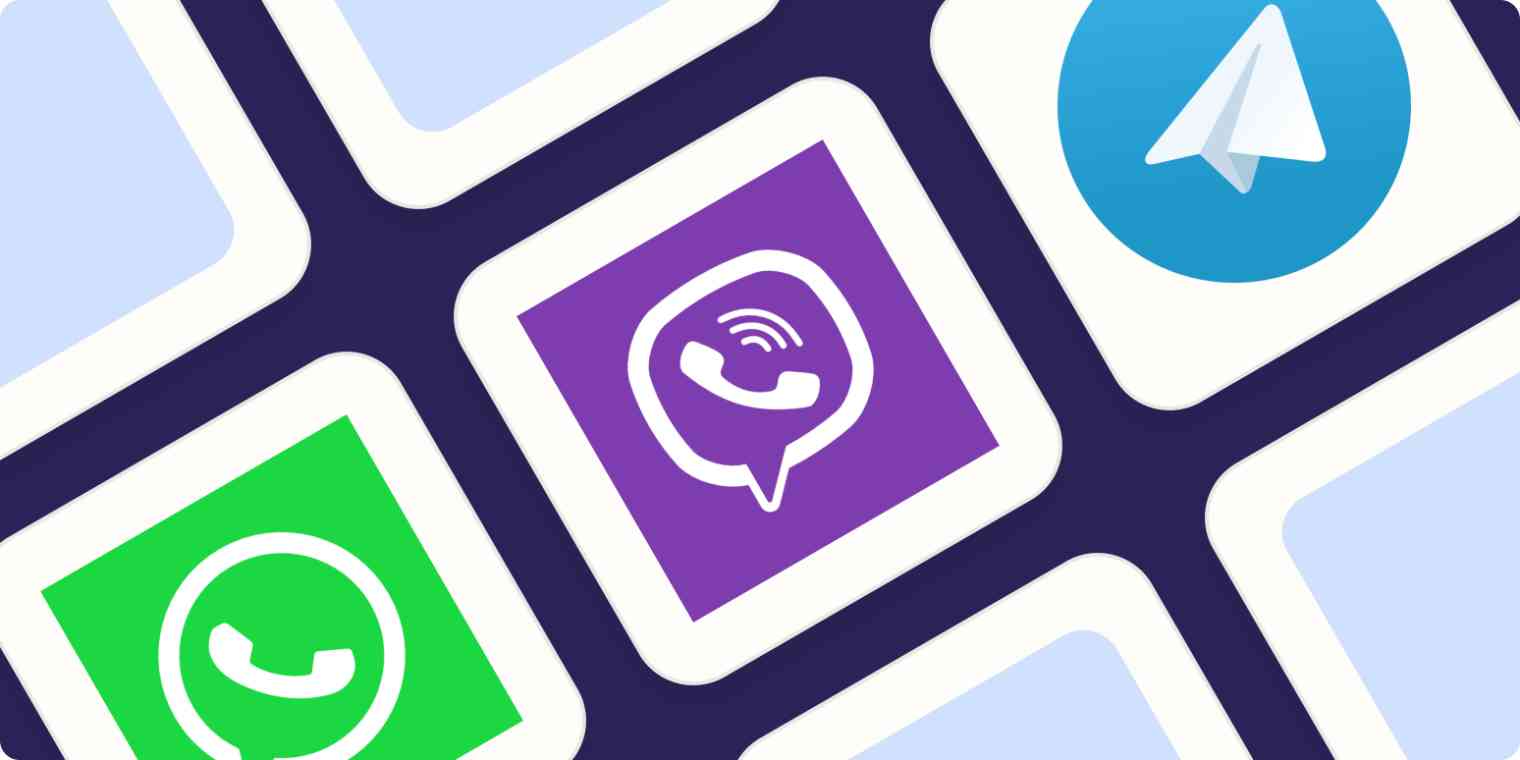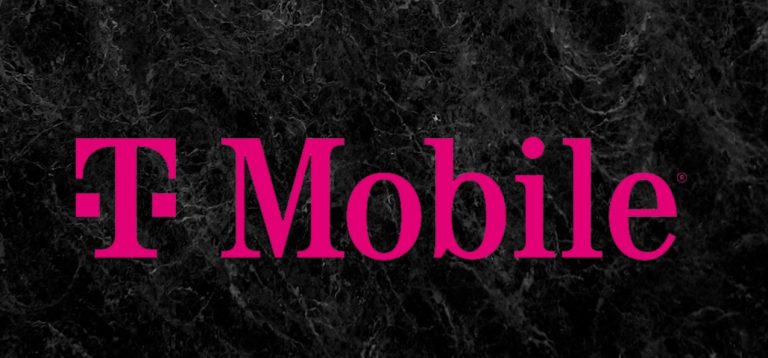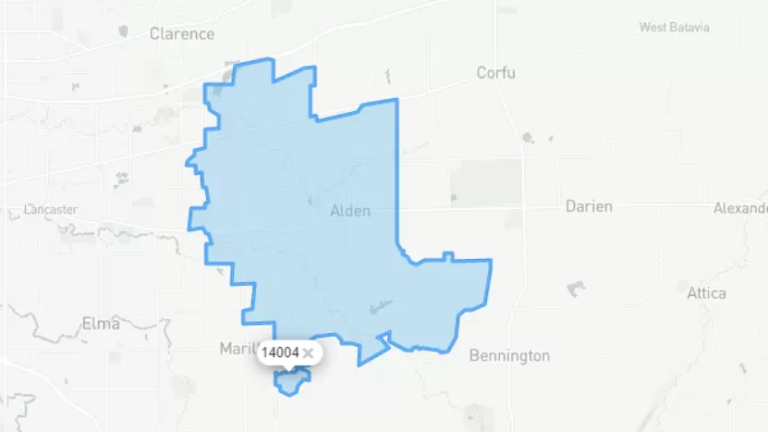In today’s fast-paced digital world, where communication has become synonymous with speed and convenience, texting apps have emerged as the undisputed champions of connectivity. These versatile platforms have seamlessly integrated themselves into our daily lives, transforming the way we interact with friends, family, colleagues, and even strangers. From sending a quick message to sharing multimedia content, texting apps have revolutionized the landscape of communication, offering a myriad of features that go beyond mere text exchange.
This exclusive article delves deep into the unseen power of texting apps, exploring their profound impact on our personal and professional lives. We will examine the various features that make these apps indispensable tools for modern communication, from end-to-end encryption to group chats and voice messaging. We will also discuss the future of texting apps, highlighting the emerging trends and technologies that are set to reshape the way we connect with others in the years to come.
So, buckle up and get ready to embark on a journey through the fascinating world of texting apps, where innovation and connectivity collide to create a truly remarkable communication experience.
The Evolution of Texting Apps
From SMS to the App Store
The origins of texting apps can be traced back to the humble Short Message Service (SMS), which allowed users to send brief text messages over cellular networks. However, the advent of smartphones and the rise of app stores ushered in a new era of communication, where texting apps quickly surpassed SMS in popularity.
These apps offered a plethora of features that SMS simply couldn’t match, such as real-time messaging, multimedia sharing, and group chats. The convenience and affordability of texting apps made them an instant hit with users around the world, and they soon became the preferred mode of communication for millions.
The Rise of Instant Messaging
The introduction of instant messaging (IM) further accelerated the growth of texting apps. IM platforms like WhatsApp, WeChat, and Telegram offered users the ability to exchange messages in real time, creating a sense of immediacy and presence that SMS could not replicate.
These apps also introduced features like read receipts, typing indicators, and online/offline status, which further enhanced the communication experience. The popularity of IM platforms cemented the dominance of texting apps in the digital communication landscape.
Key Features of Texting Apps
End-to-End Encryption
One of the most crucial features of modern texting apps is end-to-end encryption. This technology ensures that only the sender and the intended recipient can read the messages, protecting sensitive information from prying eyes.
End-to-end encryption has become a non-negotiable feature for many users, especially those who value privacy and security. It has also made texting apps a popular choice for businesses and organizations that need to communicate confidential information.
Group Chats
Group chats have become a cornerstone of texting apps, allowing users to communicate with multiple people simultaneously. They are ideal for coordinating events, sharing information, and staying connected with friends and family.
Group chats have also become an essential tool for businesses, enabling teams to collaborate and communicate effectively, regardless of their physical location. The ability to create and manage multiple group chats has made texting apps an indispensable tool for modern communication.
Voice and Video Messaging
Voice and video messaging have added a new dimension to texting apps, allowing users to communicate in a more personal and expressive way. They are perfect for situations where text alone cannot convey the intended message, such as sharing emotions or providing detailed instructions.
Voice and video messaging have also become popular for business communication, enabling remote teams to hold virtual meetings and conduct interviews. The integration of these features has made texting apps a truly versatile communication platform.
The Impact of Texting Apps on Society
Changing Social Dynamics
Texting apps have had a profound impact on social dynamics, transforming the way we interact with others. They have made communication more accessible and convenient, enabling us to stay connected with friends and family, regardless of distance or time zone.
However, texting apps have also been criticized for contributing to social isolation and the erosion of face-to-face communication. While these concerns are valid, it is important to recognize that texting apps can also facilitate social interaction and strengthen relationships.
For example, group chats can help people stay connected with their communities, while voice and video messaging can provide a sense of intimacy and presence that text alone cannot replicate. Ultimately, the impact of texting apps on social dynamics depends on how we use them.
Transforming Business Communication
Texting apps have also revolutionized business communication, offering a fast, efficient, and cost-effective way for companies to connect with customers, employees, and partners. They have enabled businesses to provide real-time customer support, conduct market research, and collaborate with remote teams.
Texting apps have also become a powerful marketing tool, allowing businesses to reach a wider audience and engage with customers on a more personal level. The integration of texting apps into business operations has improved productivity, enhanced customer satisfaction, and driven growth.
The Future of Texting Apps
Artificial Intelligence and Chatbots
The future of texting apps is intertwined with the advancements in artificial intelligence (AI) and chatbots. AI-powered chatbots are already being used to provide customer service, automate tasks, and even generate creative content.
As AI technology continues to evolve, we can expect chatbots to become even more sophisticated and integrated into texting apps. They will be able to understand natural language, personalize interactions, and even anticipate user needs. The integration of AI and chatbots will make texting apps even more powerful and versatile communication tools.
Augmented and Virtual Reality
Augmented reality (AR) and virtual reality (VR) are also set to play a significant role in the future of texting apps. AR can overlay digital information onto the real world, while VR can create immersive virtual environments.
These technologies have the potential to transform the way we communicate through texting apps, enabling us to share experiences and interact with others in new and exciting ways. For example, AR could be used to add interactive elements to messages, while VR could create virtual meeting spaces for remote teams. The integration of AR and VR will open up a whole new world of possibilities for texting apps.
Conclusion
The unseen power of texting apps lies in their ability to connect people, bridge distances, and facilitate communication in ways that were once unimaginable. From humble beginnings as SMS replacements to sophisticated platforms with AI-powered features, texting apps have come a long way.
Read More: How to Keep Text from Showing Up on a Phone Bill Verizon







